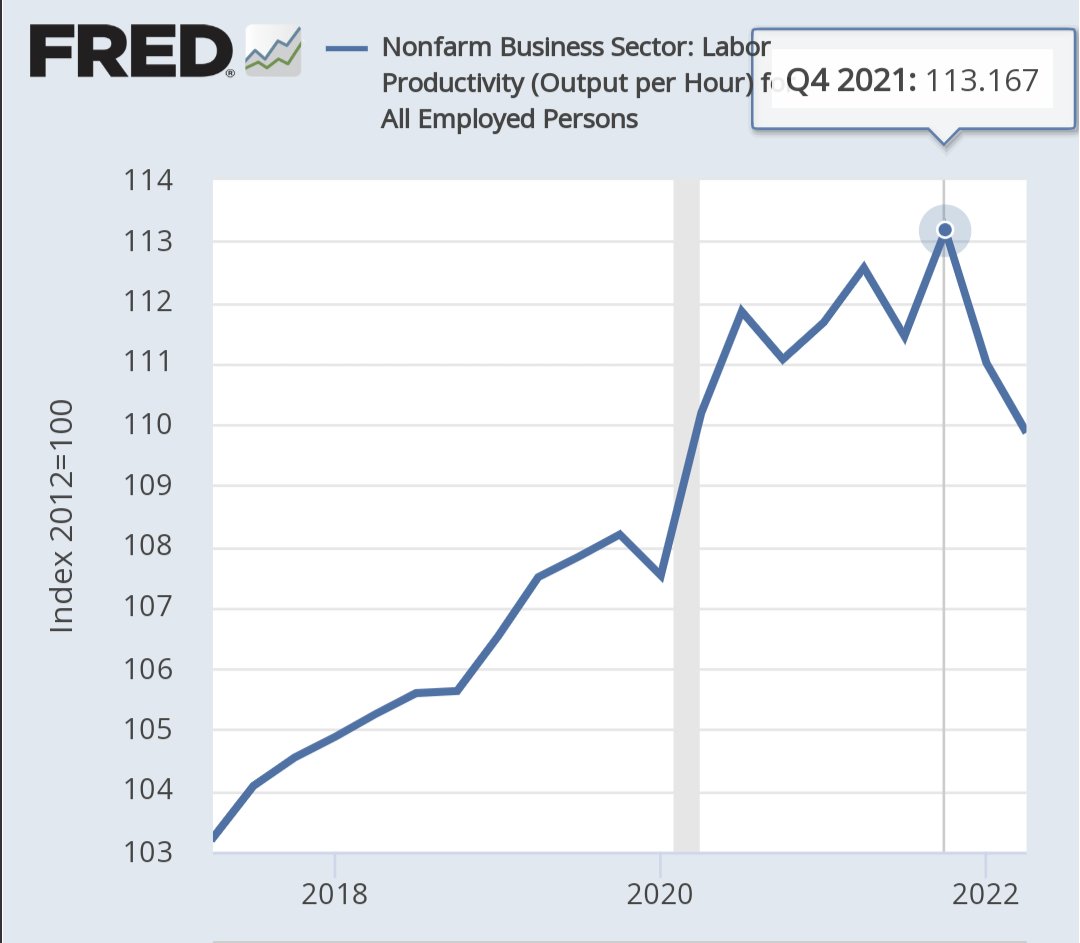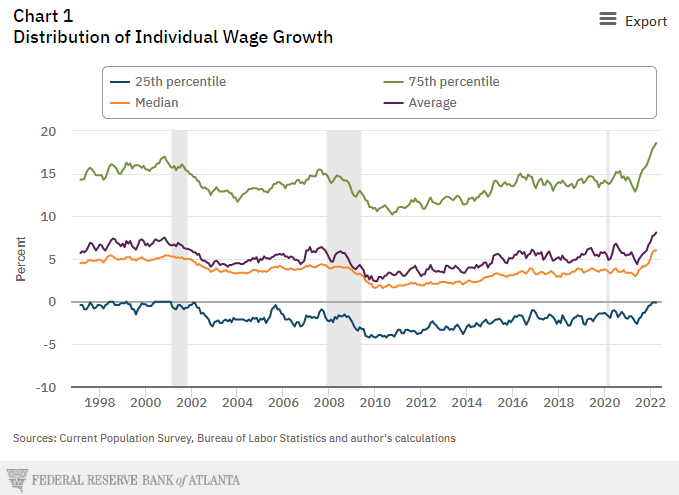
As @PrestonMui @employamerica reminded us, slowdown in hiring is a leading indicator of recession, layoffs lag.
Official hiring rate estimate @BLS_gov #JOLTS has declined since Fed started ⬆️rates in Mar 2022. We'll get Dec estimate on Wed.
Official hiring rate estimate @BLS_gov #JOLTS has declined since Fed started ⬆️rates in Mar 2022. We'll get Dec estimate on Wed.
https://twitter.com/PrestonMui/status/1618699451635486722

Hiring is the slowest key labor market indicator to show up in official statistics.
An advance signal is available from small-biz payroll data @GustoHQ @parduel, Doesn't parallel JOLTS but broadly agrees.
Dec data: continued decline, consistent with employer demand weakening
An advance signal is available from small-biz payroll data @GustoHQ @parduel, Doesn't parallel JOLTS but broadly agrees.
Dec data: continued decline, consistent with employer demand weakening

A timely but indirect, noisy proxy for a hiring slowdown is when new UI claims are not rising but continuing claims are.
That's exactly what weekly UI data has been showing.
(Hiring & job finding rate share #hires as numerators but differ in denominator)
That's exactly what weekly UI data has been showing.
(Hiring & job finding rate share #hires as numerators but differ in denominator)
https://twitter.com/aaronsojourner/status/1618606445905477633?t=Yhd8vSjA7T9lsywQ7uMS4w&s=19
Of course, decelerating wage growth also tells the story of declining employer demand. This is the noisy trend in over-the-month wage growth rate among private sector employees expressed in annualized terms. 

• • •
Missing some Tweet in this thread? You can try to
force a refresh











